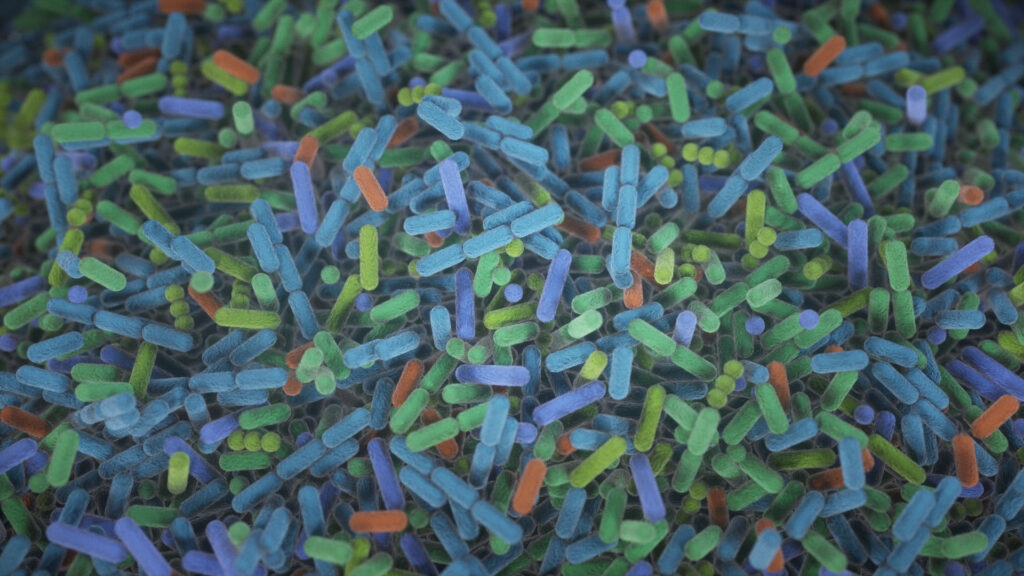One of the indignities of getting older is the way your body’s defenses against microbes begin to break down, leaving you extra vulnerable to infection. Researchers studying the ways these systems change with age refer to them collectively as “immunosenescence,” or, more poetically, the “twilight of immunity.” But even as scientific understanding of the phenomenon has grown over the past decade, the forces driving it remain murky.
One theory is that it all starts in the bone marrow, where a primitive reserve of stem cells replenishes the ranks of blood and immune cells to the tune of about 500 billion new cells every day. Some of these hematopoietic stem cells, or HSCs, are more likely to become long-lived stewards of immune memory like B cells and T cells; others are more likely to give rise to blood cells and front-line immune defenders. They all work in concert to get the balance right. As people age, though, one lineage of HSCs starts to dominate, throwing the equilibrium off-kilter.
advertisement
On Wednesday, a team of scientists at Stanford University and the National Institutes of Health Rocky Mountain Laboratories reported in Nature that this age-associated imbalance in HSCs is to blame for a cascade of downstream declines in immune function. And by restoring a youthful balance of these cells with injections of antibodies, they were able to rejuvenate the immune systems of older mice — enabling them to better fend off viral attacks.
Get unlimited access to award-winning journalism and exclusive events.

